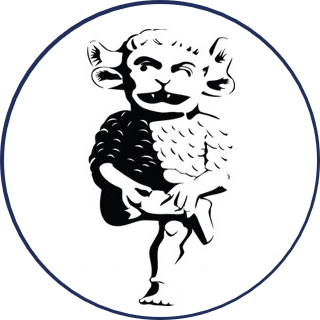The phrase “sex, drugs and rock and roll” sums up what most people expect from a classic rock band. Loud parties, drug overdoses and and alcoholic binges seemed like the norm, but nowadays living a life of excess is something that many people in the rock industry try to avoid.
Glam metal rockers are notorious for excess. When you think of those bands in the 1980s, like Mötley Crüe and Guns N’ Roses, it’s probable you’ll remember their rock ‘n’ roll lifestyle, big hair and outrageous dress sense more than the songs they wrote.

Nowadays the lifestyle is much less important. People are more aware of the consequences of shooting up or necking booze. As a result, they are less likely to go to the extremes like others in the past.
“You can learn best from past mistakes,” said Sarah Firebrand, bassist of ‘80s band Tigertailz. The band released their first album in 1987 and have now reformed on the 20th anniversary of their most successful release “Bezerk”.
Firebrand said: “People in the ‘80s were experiencing these things for the first time. They didn’t really have a sense of caution given to them by an older generation.”
Vince Neil of Mötley Crüe famously crashed his car whilst under the influence of alcohol resulting in the death of Hanoi Rocks drummer Nicholas Dingley. Neil’s band mate Nikki Sixx killed himself for two minutes by overdosing on heroin before paramedics revived him.
But what made them do this? No-one was forcing them to drink alcohol or take drugs, so why were they doing them to the extent that they were?
Jay Pepper, guitarist of Tigertailz, believes ‘80s bands were more rebellious than the bands of today and willing to push the boundaries. “To be in a rock ‘n’ roll band you need to have a bit of a dark side.
“It was more about entertainment than reflecting issues and people’s real lives. People wanted to get away from their lives, not be reminded about it,” Firebrand added.
Stories of past addictions and struggles with alcohol and drugs have emerged over the years, making people aware of what continually using them can do to you. Books like “The Heroin Diaries: A Year in the Life of a Shattered Rock Star” by Nikki Sixx highlight the paranoia and desperation that can end up almost destroying a person.
Both Pepper and Firebrand think that they put these things in a different perspective for the newer bands and artists emerging. “Unlike Nikki, a lot of people – like Layne Staley from Alice In Chains – didn’t manage to survive their addictions, and that’s even more sobering. It would have seemed like fun when they started it, but it eventually ended up killing them,” Firebrand said.
Although a majority of the glam metal bands that were about in the ‘80s are from America, many of the artists who are inspired by the music today are from other countries. Ones such as Swedish act Sister Sin and Finnish band Reckless Love embrace the attitude of the genre, but not the lifestyle.
“The ‘80s was all about an image and how they portrayed themselves on stage. When you go to a show, you want to be entertained because seeing the same thing over and over again gets boring,” said Olli Herman, the frontman of Reckless Love.
“Everyone in the band was born in the ‘80s and all our songs are in some way reflective of that. We like the music scene because it brings back memories for us of times that we enjoyed.”
Although these bands are influenced by the ‘80s, they are not likely to be as glamorous or rebellious as they were. According to Herman, they have learnt something from their experiences: “The best thing about the ‘80s is that they were so over the top in so many different ways. We look at bands from that time and take bits of what they did and incorporate them into our own band, but we would never go to the extremes that they did.”
